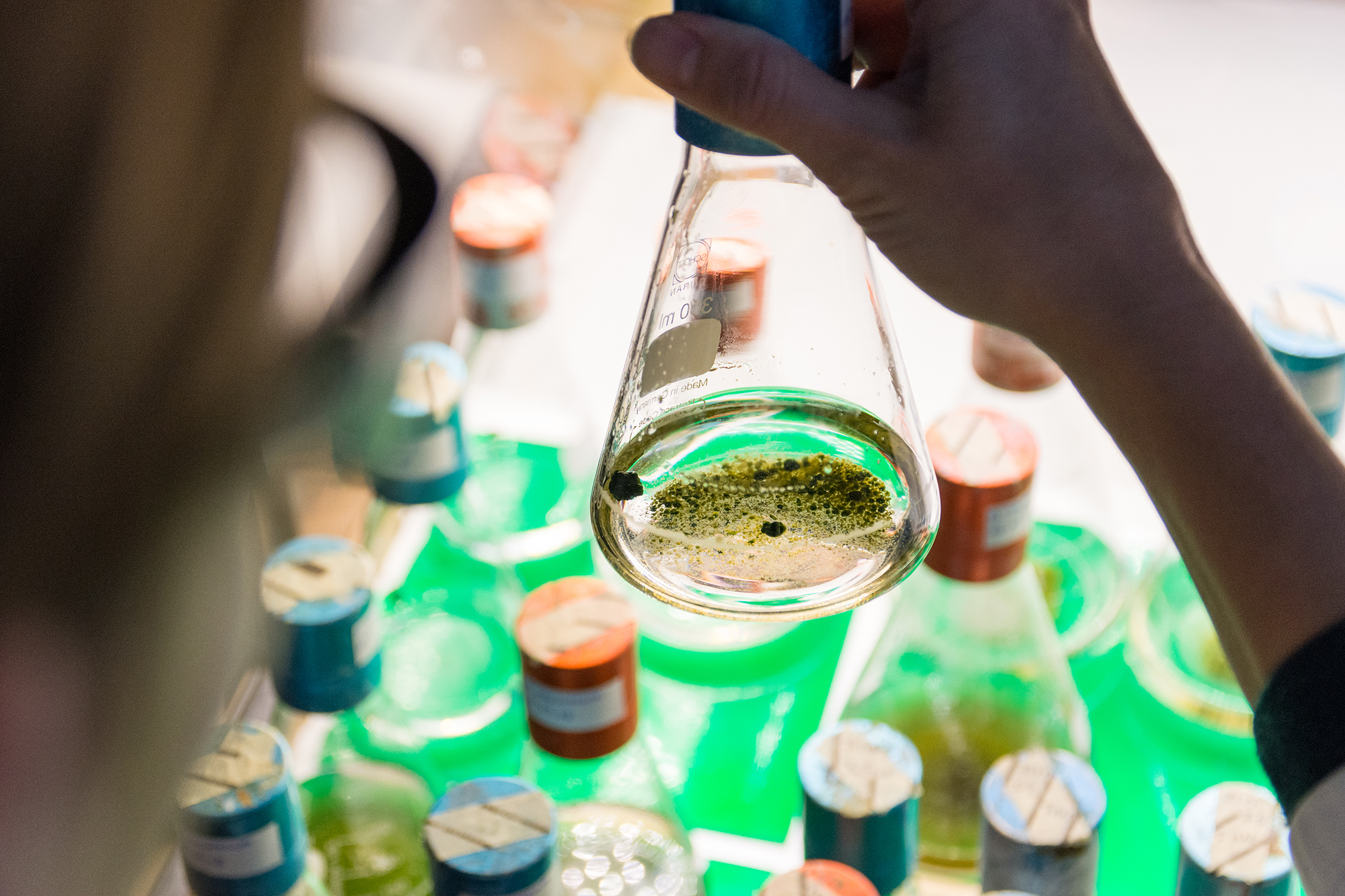
According to information from the German Federal Ministry of Health, around 400,000 to 600,000 people in Germany contract hospital-acquired infections (HAIs) every year. Between 10,000 and 15,000 people die from them. This figure is more than 30,000 in Europe. The problem is caused by the ever-increasing use of antibiotics in humans and animals. This creates pathogens that conventional antibiotics are ineffective against.
The consequence of this is that new drugs are constantly being developed to combat these pathogens. One option for the development of these drugs could lie in what are known as cyanobacteria. They are found in blue-green algae both in the water and on land. Cyanobacteria could be used to develop drugs, as they contain antifungal, antiviral and antibacterial substances.
Photosynthesis as the basic principle
Scientists point out that the handling of bacteria is a particularly challenging task when we work with these bacteria. Thanks to the new method developed at the TH Bingen University of Applied Sciences, the vitality levels of these cyanobacteria can now be determined more quickly. This is of great importance in biotechnical work with bacteria. For example, to check the cell state after cryopreserved cultures have been thawed out.
“In order to ascertain the vitality of the bacteria, we measure how much oxygen they produce in a specific time period,” says Marco Witthohn. As a member of the project team, he has just published a paper on the new discovery in the specialist journal Engineering in Life Sciences. “We then compared these values with the performance of freshly cultivated cyanobacteria.”
Up until now, the vitality of cell cultures has been measured bin terms of their growth. This meant that measuring the vitality of cyanobacteria was particularly time-consuming, as they grow extremely slowly. The new method uses the ability of cyanobacteria to photosynthesize and thereby produce oxygen with the help of light.
Very satisfactory progress so far
The development of the method is part of the ‘Antimicrobial agents’ research project headed by Prof. Dr. Kai Muffler. The aim of the project is to “optimize the production of antimicrobial agents by cyanobacteria that live on land.” Project manager Muffler is very satisfied with the progress made so far: “With this new method, we can shorten the time needed to determine vitality from several days to less than half an hour. This is a major breakthrough.”
The development of the method falls under the ‘Antimicrobial agents‘ research project headed by Prof. Dr. Kai Muffler. The aim of the project is to “optimize the production of antimicrobial agents by cyanobacteria that live on land”. Project manager Muffler is very satisfied with the progress made so far: “With this new method, we can shorten the time needed to determine vitality from several days to less than half an hour. This is a major breakthrough.”
The project is part of the iProcess research cluster at TH Bingen, where scientists there work together with the Technical University of Kaiserslautern and the Trier University of Applied Sciences to develop new process engineering techniques for the production of active pharmaceutical ingredients
Title image: Cyanobacteria produce antibiotic agents. © TH Bingen / Christine Böser

